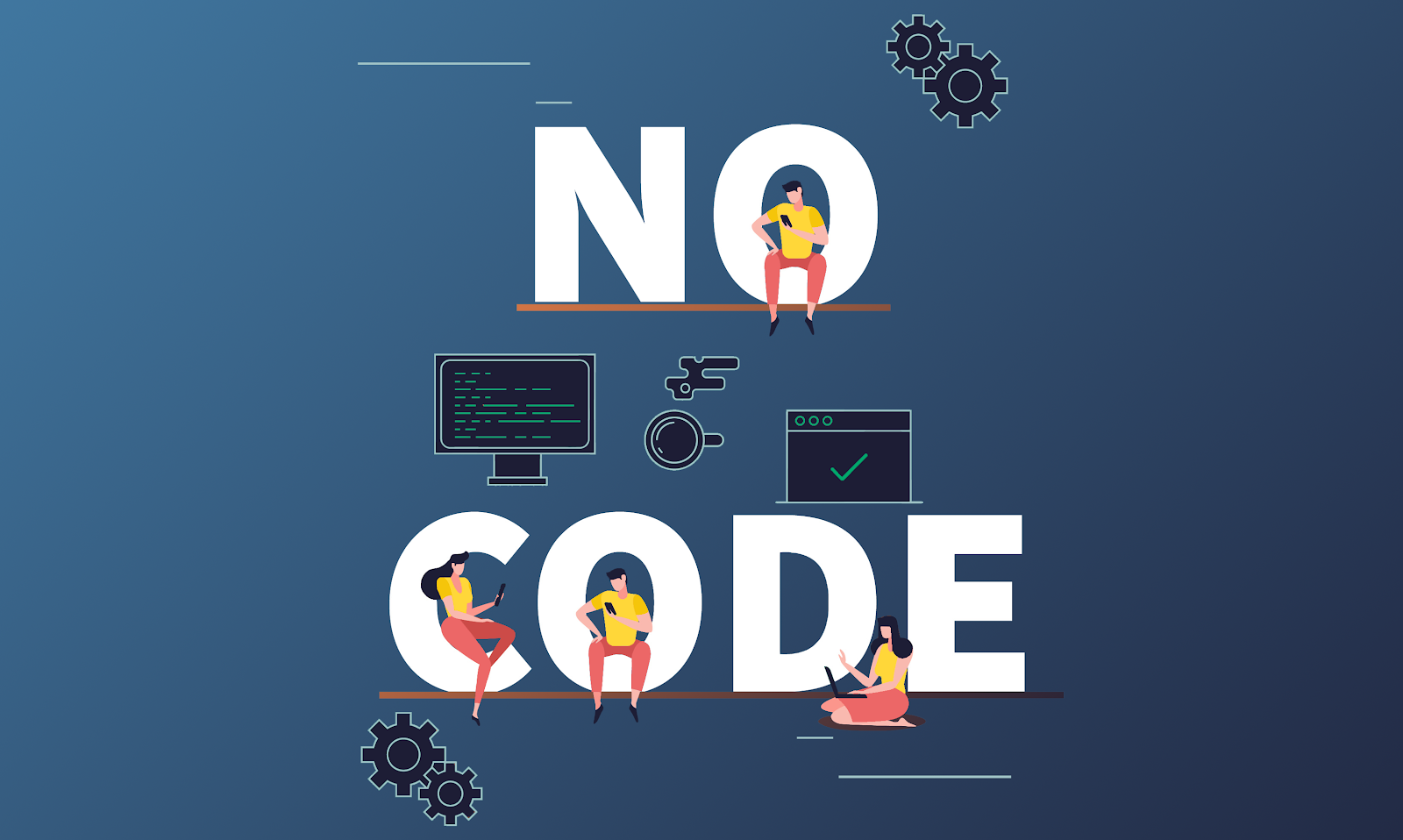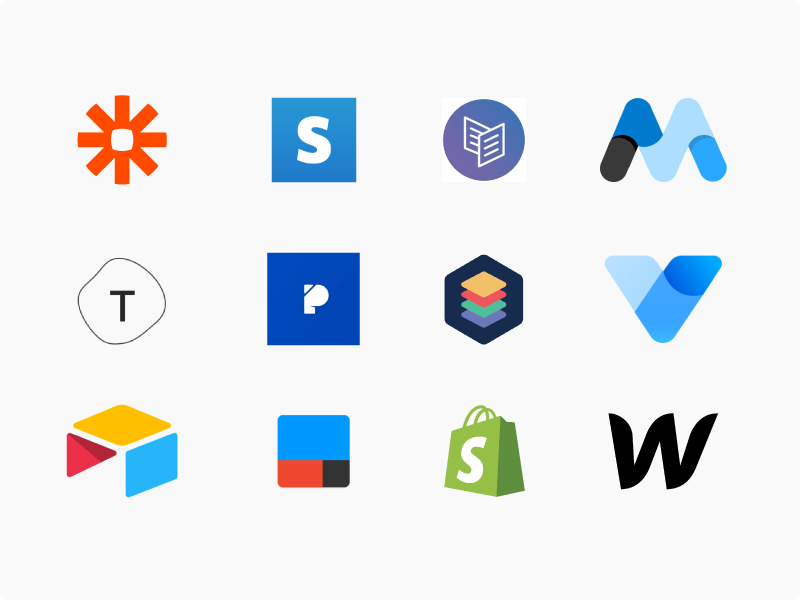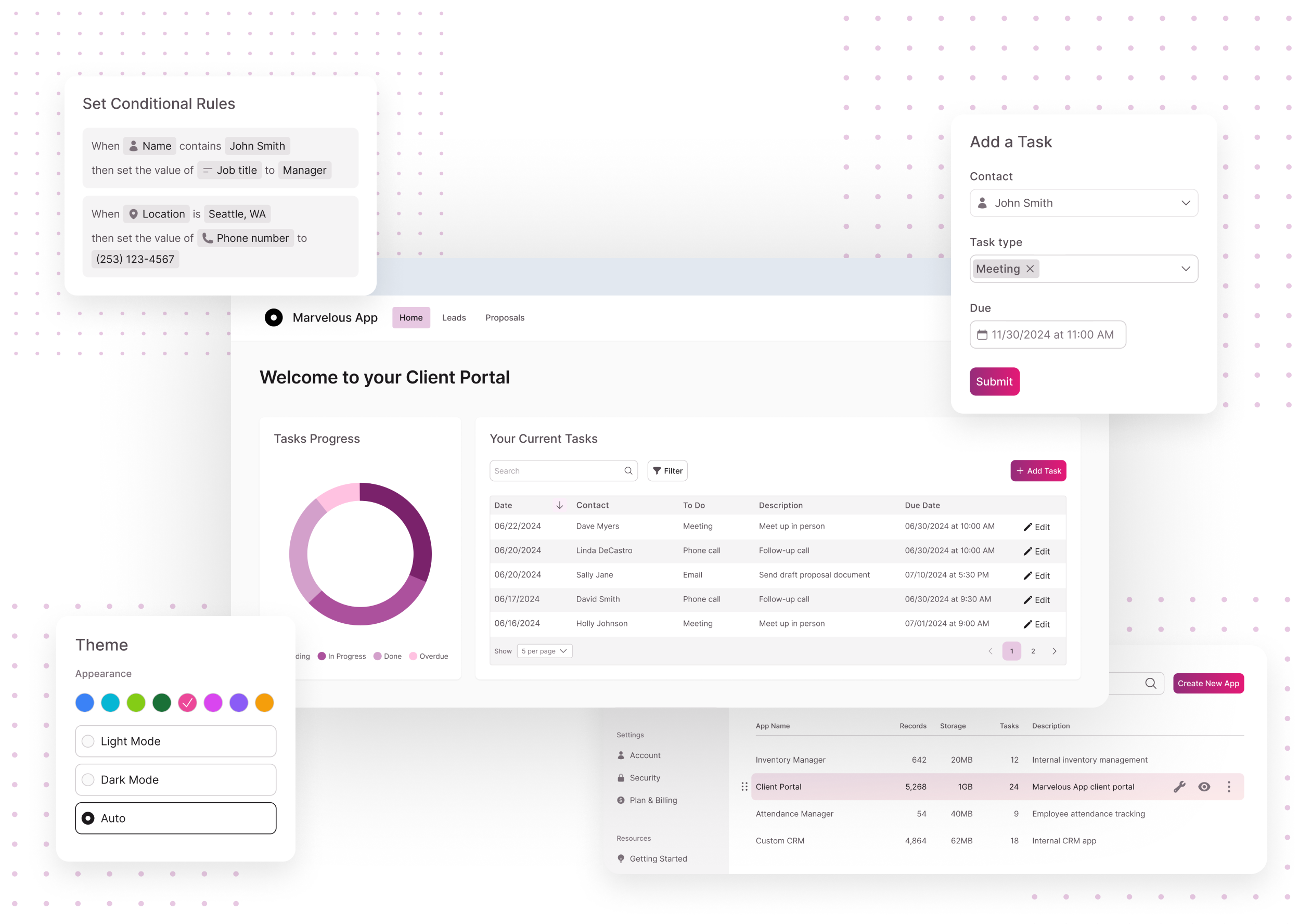No-Code Platforms for Open Platform Database Creation: Save Time and Resources
No-Code Platforms for Open Platform Database Creation: Save Time and Resources
Blog Article
Discover Exactly How Scalable Databases Can Be Used Without Coding to Enhance Your Service Operations
In today's busy company setting, the capability to manage and assess data efficiently is extremely important. Scalable databases, specifically when coupled with no-code solutions, offer a transformative strategy that equips non-technical individuals to streamline operations. By using tools that require no coding knowledge, companies can boost their operational abilities while minimizing dependancy on IT sources. The real concern exists in recognizing how these services can be customized to details business needs and what prospective obstacles might develop in their execution. Discovering these aspects can illuminate the path to functional quality.
Understanding Scalable Data Sources
Scalable data sources are necessary for modern-day service procedures, allowing organizations to efficiently manage increasing quantities of information without sacrificing efficiency. These data sources are designed to adapt and expand to the changing demands of a business, ensuring that they can manage bigger datasets and even more complex queries as organizational requirements advance.
Understanding scalable databases includes acknowledging their 2 key kinds: upright scaling and horizontal scaling. Vertical scaling, or "scaling up," includes adding even more power (CPU, RAM) to an existing web server to boost efficiency. On the other hand, straight scaling, or "scaling out," requires adding much more servers to disperse the lots, which frequently leads to greater versatility and mistake resistance.
An additional vital aspect is the design of scalable databases, which can be either relational or non-relational. Relational data sources, such as MySQL and PostgreSQL, are structured and use SQL for questions, while non-relational data sources, like MongoDB and Cassandra, use even more adaptability with unstructured data.
Inevitably, recognizing scalable databases is crucial for organizations intending to leverage data as a tactical property, enabling them to stay competitive in a significantly data-driven setting.

Advantages of No-Code Solutions
Unlocking the capacity of no-code solutions equips organizations to improve procedures and boost productivity without the demand for extensive programming knowledge. These systems allow non-technical customers to develop, customize, and take care of databases easily, hence democratizing accessibility to innovation across groups.
Among the main advantages of no-code services is their rate of execution. Businesses can quickly deploy applications and automate procedures, significantly reducing the time spent on growth cycles. This agility makes it possible for companies to respond quickly to market changes and customer requirements, cultivating an affordable edge.
Furthermore, no-code platforms reduce reliance on IT divisions for daily jobs, enabling technical teams to concentrate on even more complicated tasks that require specialized abilities. This shift not only maximizes resource appropriation yet also promotes development within the company.
Cost-effectiveness is another benefit, as no-code services can reduce development and maintenance expenses. By reducing the demand for coding experience, firms can harness the capacities of their existing labor force without the expenses of employing extra personnel.
Popular No-Code Data Source Equipment
The surge of no-code remedies has actually caused the introduction of different database devices that satisfy companies looking for efficiency and availability. These tools empower individuals with restricted technological proficiency to develop, take care of, and control databases perfectly.

Caspio sticks out for its capacity to develop web applications without any kind of coding. It enables companies to produce durable data sources and release applications rapidly, satisfying numerous sector demands. Propensity offers powerful information and user-friendly user interfaces administration capabilities, enabling organizations to construct custom-made applications customized to their process.

Use Cases in Company Procedures
How can companies utilize database tools to boost their procedures? Scalable databases provide organizations with effective capabilities to handle and examine data without the need for extensive coding understanding. These tools can improve numerous business procedures, inevitably bring about improved effectiveness and productivity.
One popular usage case is customer connection management (CRM) Services can use scalable databases to track client communications, choices, and responses, making it possible for individualized interaction and better service. By systematizing this details, groups can team up better and respond to customer demands in real-time.
An additional significant application is inventory management. Companies can use no-code database tools to keep track of stock degrees, track shipments, and projection need. This guarantees optimal inventory degrees, reduces waste, and minimizes stockouts.
Additionally, task management can gain from scalable data sources by permitting teams to manage jobs, deadlines, and resources in an unified platform. With real-time updates and information visualization, project managers can make informed decisions.
Beginning With Execution
Applying scalable data sources in company procedures needs a structured approach to make certain successful integration and use. The very first step is to carry out a comprehensive demands assessment, determining specific business demands, data types, and expected development patterns. This foundational understanding will certainly direct the selection of the proper database service.
Following, choose an user-friendly, no-code data source platform that aligns with your operational objectives. no-code. Several modern solutions offer instinctive interfaces, allowing non-technical individuals to manage data efficiently. After picking a platform, develop a clear information design that lays out how data will you can try these out be organized, accessed, and kept
Training is important; make sure that employee are equipped with the required abilities to utilize the database. Take into consideration giving tutorials or workshops to acquaint team with the system's functionalities.
Final Thought
In final thought, the assimilation of scalable databases via no-code solutions presents significant benefits for company procedures. These platforms encourage non-technical users to successfully handle and evaluate data, facilitating improved decision-making and partnership. By taking on devices such as Airtable and Notion, organizations can lower and simplify processes dependence on IT sources. Eventually, leveraging these technologies can bring about improved productivity and functional efficiency, placing businesses for continual growth in an affordable landscape. Full Article
One prominent no-code database tool is Airtable, which incorporates the functionality of a spread sheet with the power of a data source.How can organizations leverage data source devices to improve their procedures? Companies can make use of scalable basics databases to track client communications, preferences, and responses, allowing tailored communication and far better service.Applying scalable databases in service operations needs an organized method to make sure effective integration and usage.In final thought, the assimilation of scalable databases with no-code services provides significant benefits for service procedures.
Report this page